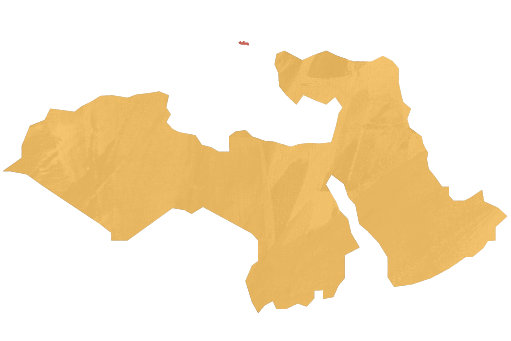Middle East and North Africa

Learn more about Middle East & North Africa's performance in the SDG Gender Index.
About gender equality in the Middle East and North Africa :
2020 Index score: 65.8
2015 Index score: 63.2
Status: ‘Some progress’ since 2015 and ‘poor’ overall score

Key findings
The Middle East and North Africa region has made fast progress on gender equality since 2015, but still achieves only a poor score overall.
The 2022 SDG Gender Index shows that the Middle East and North Africa (MENA) region has gained almost 3 points on its score since 2015, but still achieves only a ‘poor’ score for gender equality. The minimal change overall reflects the mixed progress made across the Sustainable Development Goals (SDGs) – while MENA has seen ‘fast’ or ‘some progress’ on five and two SDGs, respectively, there has been ‘no progress’ or movement in the ‘wrong direction’ on others.
There have been some marked shifts – both positive and negative – in individual countries. Saudi Arabia, for example, has gained 9 points overall from 2015 to 2020, while Kuwait and Algeria have both moved in the ‘wrong direction’. Overall, higher ranked countries in the region are Israel and the United Arab Emirates (UAE), and yet two of the lower-ranked countries – Egypt (+6 points) and Iraq (+5 points) – have seen ‘fast progress’.
The greatest progress by goal has been on SDG 9 on innovation (+11 points) and SDG 8 on work (+9 points), with MENA scoring ‘good’ in both SDGs. The highest score in 2020 is for SDG 7 on clean energy at 91 points, which has improved from 89 points in 2015 and is the result of ‘fast progress’ in four countries.
High scores on undernourishment (Ind. 2.1) and women’s food insecurity (Ind. 2.2) have not stopped MENA moving in the ‘wrong direction’ on its overall Index score for SDG 2 on nutrition (from 81 in 2015 to 79 in 2020). This is the biggest decline for any goal, driven by anaemia amongst women (Ind. 2.3) and women’s perceptions of food costs (Ind. 2.4) going in the ‘wrong direction’. Meanwhile, the region ranks lowest globally on indicators related to women in politics – scores of 43 for women in parliament (Ind. 5.4) and 34 on women in ministerial roles (Ind. 5.5) are both well below the global average.